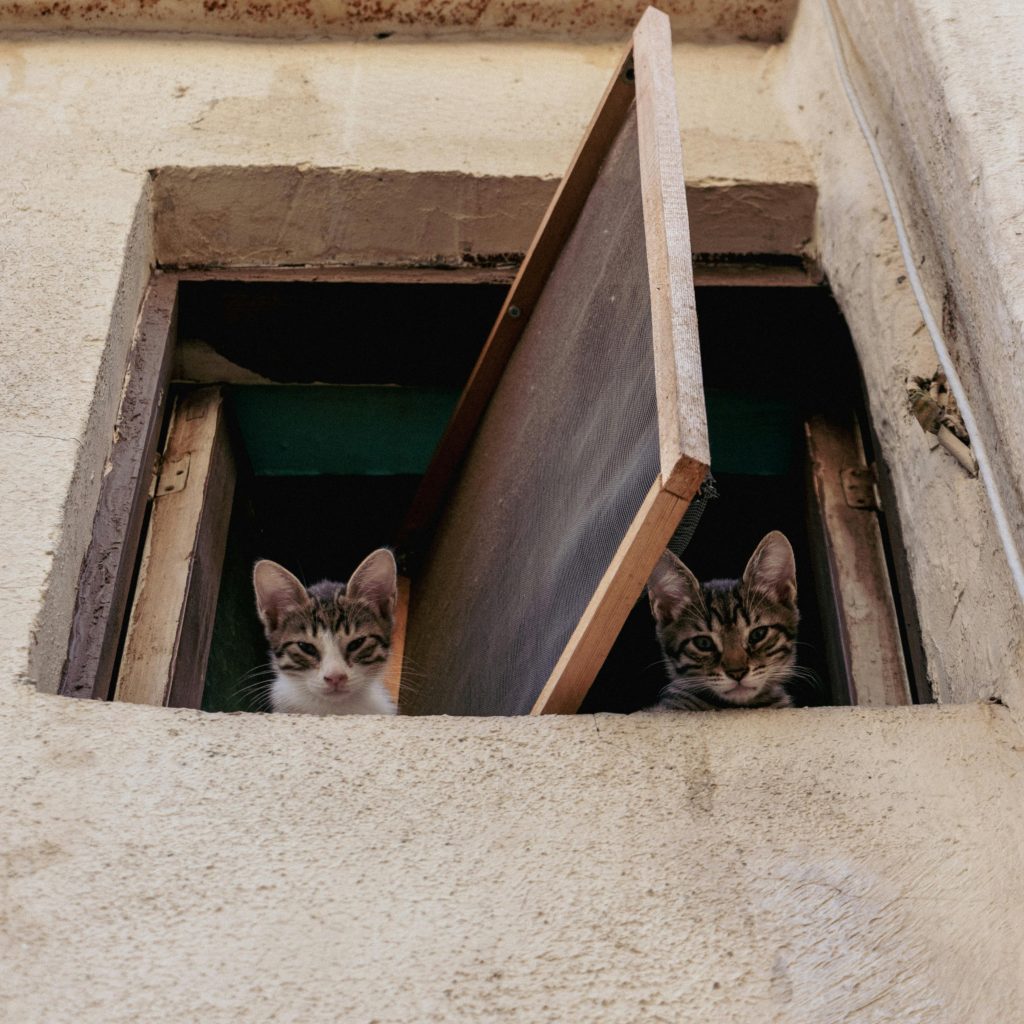Domain Setup for Beginners: Overcoming the CNAME Conundrum with Cloudflare Pages
In today’s digital landscape, possessing a personal or business website is crucial. It’s your digital storefront, showcasing your products, services, or personal brand. Acquiring a domain and successfully hosting your site forms the backbone of this venture. However, for many first-timers, setting up a domain can be a daunting task. If you’re facing issues connecting your domain and hosting service effectively, you’re not alone. This guide will take you through the steps of domain setup, focusing on integrating Cloudflare Pages with a domain purchased from another service, like names.co.uk.
What You Need to Know Before Setting Up a Domain
Before delving into technicalities, it’s essential to understand the basic concepts:
-
Domain Name: This is the website name you purchase from a domain registrar like names.co.uk. It’s the address users type in their browsers to access your site.
-
DNS Records: DNS (Domain Name System) records are crucial for directing internet traffic appropriately. They are akin to an address book, translating your domain name into an IP address that computers use to identify each other on the network.
-
CNAME (Canonical Name) Record: This DNS record maps an alias name to a true or canonical domain name. In this context, it helps redirect “www” prefixed domains to the main domain.
-
Cloudflare Pages: A web hosting platform that allows for easy deployment and management of static sites. It also offers performance and security improvements through its robust CDN (Content Delivery Network) and DNS services.
Step-by-Step Guide to Domain and Site Integration
Step 1: Buy Your Domain
You’ve already completed this step by purchasing the domain from names.co.uk. Ensure that you have access to its control panel as you’ll need it to modify DNS settings.
Step 2: Host Your Site
You mentioned that your site is hosted on Cloudflare Pages. Hosting on Cloudflare brings numerous benefits including fast loading speeds, improved security with an SSL certificate, and easy scalability.
Step 3: Modify DNS Settings in Cloudflare
Once your site is on Cloudflare Pages, the next task is to connect your domain. You’ve correctly added two CNAME records in Cloudflare’s DNS settings:
- A CNAME record for the root or apex of your domain, which is often denoted with ‘@’.
- Another CNAME record for the ‘www’ subdomain pointing to your Cloudflare Pages domain (
NotMyActualSite.pages.dev).
Troubleshooting Common DNS Issues
You’re experiencing a common issue where “NotMyActualSite.com” works fine, but “www.NotMyActualSite.com” results in a Cloudflare 522 error. Here’s what each Cloudflare error code typically denotes and how you can resolve them:
-
Cloudflare Error 522: This error means that the connection to the origin web server was timed out. A few potential culprits may cause this error:
-
The server may not be accepting requests over the ports Cloudflare is allowed to use.
- You might have DNS resolution issues.
- The origin server may be overwhelmed or down.
To resolve this, ensure that your server is up and running and there are no restrictions on the ports being used. Moreover, check if your DNS settings are properly configured on both Cloudflare and your domain registrar (names.co.uk).
Fixing the CNAME Record Issue
Given that “NotMyActualSite.com” functions, it’s very likely the ‘@’ CNAME record works, but the ‘www’ CNAME needs attention. Here’s what you can do:
-
Verify Typographic Errors in DNS Entries: Double-check DNS records to ensure that both ‘@’ and ‘www’ CNAME records are correctly pointing to
NotMyActualSite.pages.dev. -
Propagation Time: DNS changes might take some time to propagate fully across the internet. If you’ve recently added or modified records, allow up to 48 hours for full propagation.
-
Cloudflare Proxy Settings: Ensure both CNAME records’ proxy settings in Cloudflare are properly enabled. Click on the cloud icon next to each record to activate Cloudflare’s CDN and security features (indicated by the orange cloud icon).
Understanding CNAME vs. A Records
It’s crucial to remember the roles these records play. A CNAME record routes a subdomain to another domain, while an A record links a domain to an IP address. In most cases, for automatic redirection between your primary domain and subdomains, CNAME records suffice unless a static server IP is involved.
Examining SSL/TLS Settings in Cloudflare
A frequently overlooked aspect is configuring SSL settings. Cloudflare offers SSL/TLS encryption which should be set appropriately:
-
Keep SSL in ‘Flexible’ mode if a certificate isn’t installed on the origin server. Flexible encrypts traffic between the browser and Cloudflare, not between Cloudflare and the server.
-
Choose ‘Full’ or ‘Full (Strict)’ mode if there’s a valid SSL certificate at the origin. This ensures encryption for both connections—browser to Cloudflare and Cloudflare to server.
Practical Example for Further Clarity
Imagine you own “RichesBakery.com,” a popular bakery chain. You decide to host your site on Cloudflare Pages owing to its superior speed and SSL offerings. You purchase the domain from names.co.uk. You would set up your DNS as follows:
- CNAME Record for Root: “@” redirects to “RichesBakery.pages.dev”
- CNAME Record for Subdomain: “www” also redirects to “RichesBakery.pages.dev”
Follow the subsequent steps: validate these entries, consider propagation delays, and adjust SSL settings if necessary. Should errors occur, retracing these steps can help identify mistakes, preventing issues like the dreaded 522 error.
Conclusion: Expert Tips for Seamless Domain Setup
-
Patience with DNS Propagation: Adjustments aren’t real-time; always allow up to 48 hours for DNS changes to solidify.
-
Regular Monitoring: Keep a close watch on visitor trends and server status through platforms like UptimeRobot or Pingdom to catch issues proactively.
-
Join Community Forums: Platforms like Reddit, Stack Overflow, and Cloudflare’s own community forum offer invaluable help. Leverage these resources to troubleshoot unexpected issues.
-
Regular Backups and Security Scans: Protect your site with frequent backups and scans to safeguard against cyber threats and data loss.
Mastering the art of domain setup fuses technical acumen with a touch of patience. By understanding the intricacies of domain pointers, DNS records, and SSL configurations, your digital presence can thrive without a hitch. So, when faced with hurdles, this comprehensive manual might just serve as the guiding star, illuminating the path forward.
Share this content:




Response to Domain Setup Help
Thank you for your detailed guide on domain setup! As someone with a bit more technical experience, I’d like to add a few notes that might help further clarify the process and address potential issues you’ve highlighted, especially with the CNAME configuration and the Cloudflare 522 error.
Additional Insights on CNAME Records
When setting up CNAME records, it’s crucial to remember that both ‘@’ and ‘www’ CNAMEs need to be correctly configured for the setup to work seamlessly. Sometimes, overlooking small typos in DNS entries can lead to frustrating issues. Consider running a DNS lookup tool to confirm that your changes have propagated properly and are resolving as expected.
Resolving Cloudflare 522 Errors
The 522 error often indicates that Cloudflare cannot establish a TCP connection to your origin server. This may be related to firewall settings at your origin host. Make sure that Cloudflare IP ranges are whitelisted on your server. If you’re using services like DigitalOcean, AWS, or any managed hosting, you can find lists of Cloudflare’s IP addresses in their documentation.
SSL/TLS Configuration